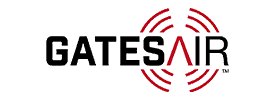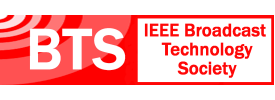- About
- Members
- Sponsors
- Subcommittees
- Technical Documents
- News
- Events
- Spotlight ATSC 3.0
- Contact Us
- Member Login
- Member Meetings
- Advanced Search
Search Site
Member Links
- About
- Members
- Sponsors
- Subcommittees
- Technical Documents
- News
- Events
- Spotlight ATSC 3.0
- Contact Us
- Member Login
- Member Meetings
- Advanced Search
A/174, Mobile Receiver Performance GuidelinesApproved: 26 September 2011
This document addresses the signal conditions that may be encountered with assessment of the potential impact upon the front-end portion of a receiver of A/153-based mobile digital television broadcasts. This document provides recommended performance guidelines that are intended to maximize reception. In general, the recommendations in this document build on those contained in A/74 (which applies to fixed terrestrial receivers), with the addition of new guidelines pertinent to mobile reception. Areas where the recommendations are new or different include: dynamic multipath, antenna configurations in mobile receivers, the effects of more limited power supplies, possible proximity to interfering signals, and presence of unlicensed devices radiating in the TV bands.
Download A/174:2011, “Mobile Receiver Performance Guidelines”, approved 26 September 2011.
Subscribe to our Newsletter
Subscribe to The Standard, our monthly newsletter, to stay up-to-date with ATSC news and events around the world.
Site Links
Contact Us
ATSC
1300 I Street NW, Suite 400E
Washington, DC 20005 USA
Do you have questions about ATSC?
About ATSC
ATSC, the Broadcast Standards Association, is an international, non-profit organization developing voluntary standards and recommended practices for digital terrestrial broadcasting. Serving as an essential force in the broadcasting industry, ATSC guides the seamless integration of broadcast and telecom standards to drive the industry forward. Currently, the ATSC 3.0 Standard is providing the best possible solution for expanding the potential of the broadcast spectrum beyond its traditional application to meet changing needs. From conventional television to innovative digital data services, ATSC has one clear goal: to empower the broadcasting ecosystem like never before.
© 2025 ATSC




































